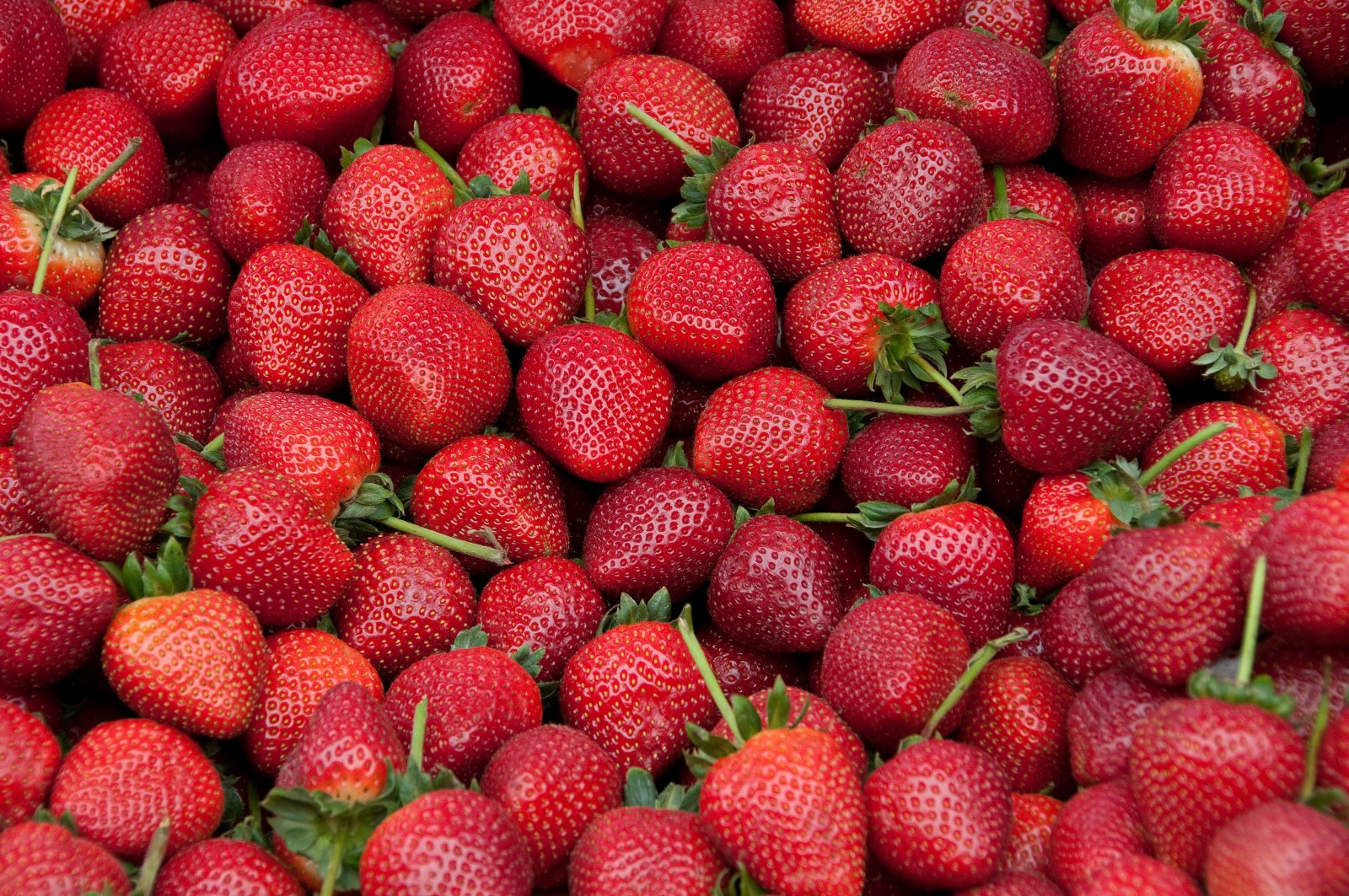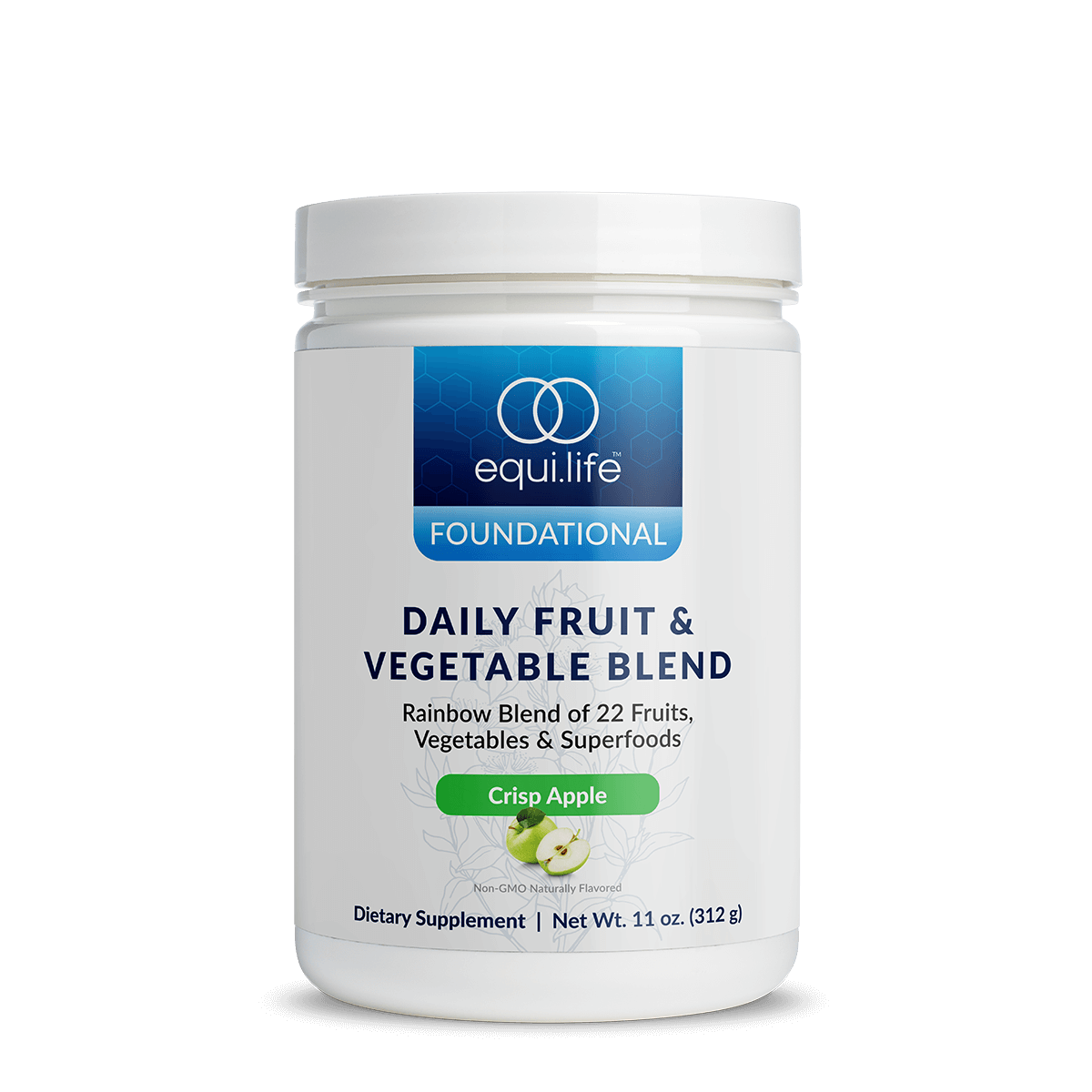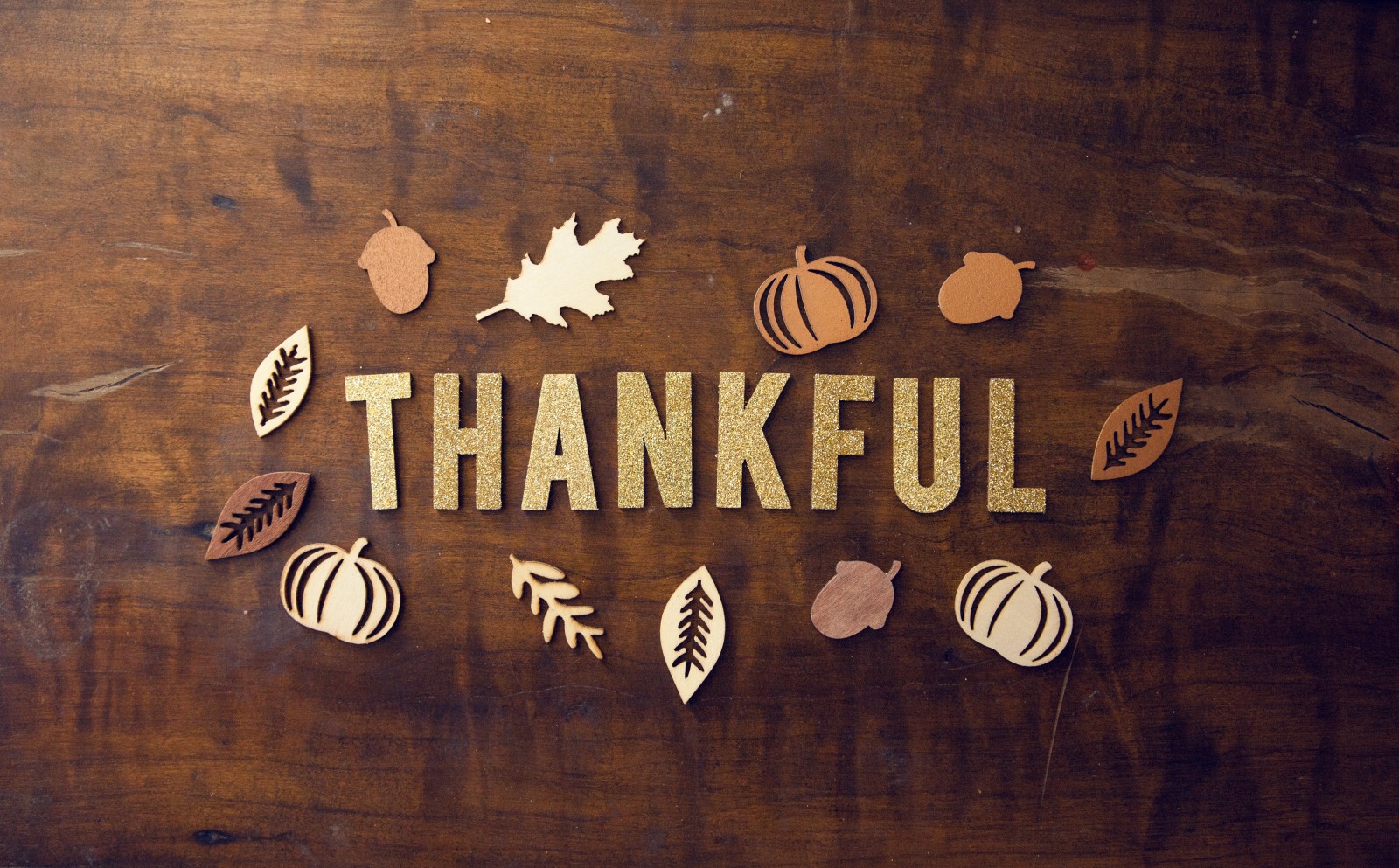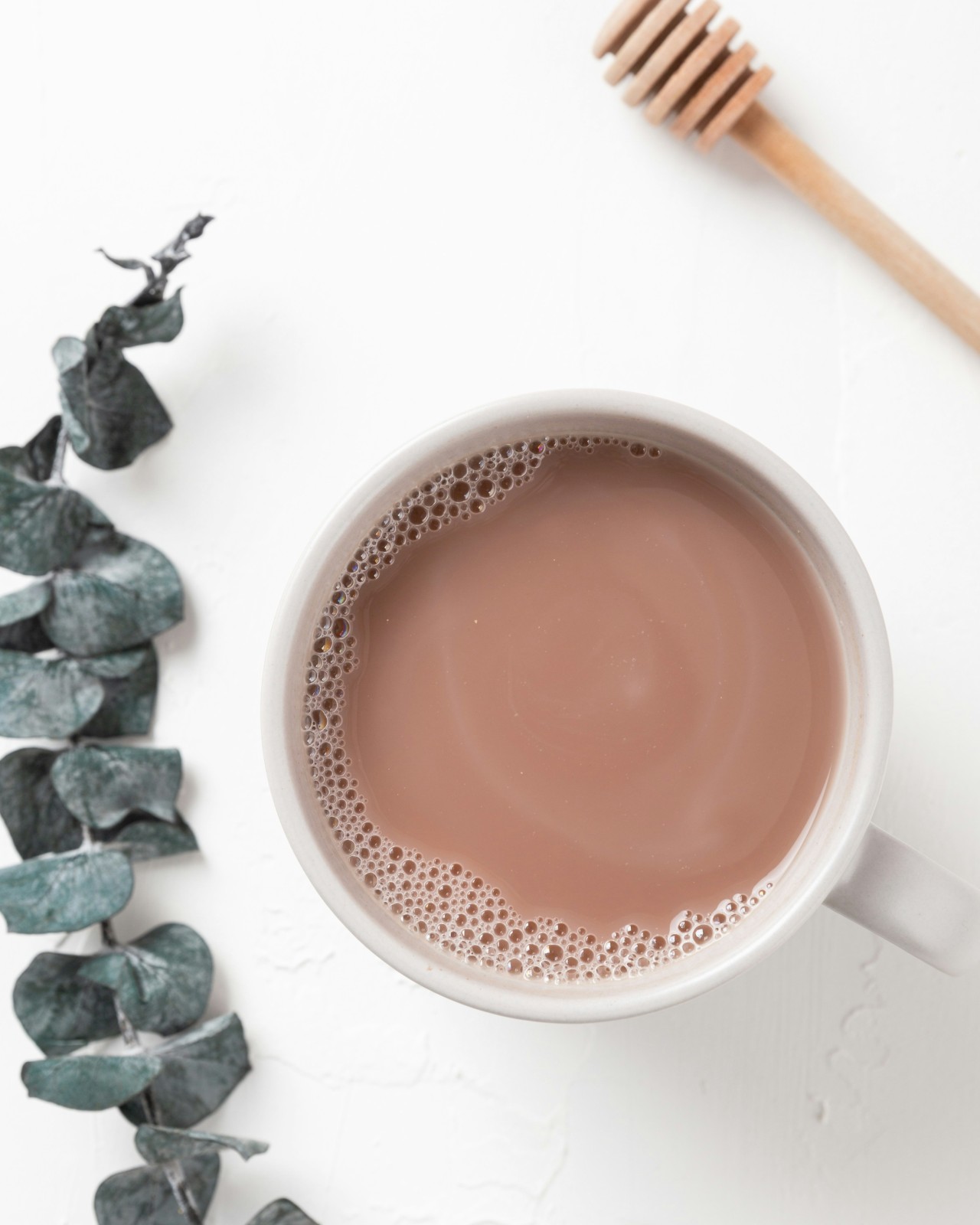
The "Dirty Dozen" is an annual list highlighting the fruits and vegetables that test highest for pesticide residues. If you’re trying to reduce chemical exposure without going fully organic, this guide explains why prioritizing organic versions of these items can make a meaningful difference — and how to do it smartly.
What is the Dirty Dozen?
Compiled each year by the Environmental Working Group (EWG), the Dirty Dozen ranks commonly eaten produce by the frequency and level of pesticide residues found in government testing. The goal is consumer guidance: when budget or availability is a concern, these are the items many experts suggest buying organic first.
The 2025 Dirty Dozen (the 12 items to prioritize as organic)
Below is the list based on EWG’s most recent Shopper’s Guide analysis of USDA testing.
- Spinach
- Strawberries
- Kale, collard & mustard greens
- Grapes
- Peaches
- Cherries
- Nectarines
- Pears
- Apples
- Blackberries
- Blueberries
- Potatoes
(EWG also notes several "plus" items that rank just below the dozen and may be worth prioritizing in some seasons.)
Why these items matter — what's the concern?
There are three practical reasons the Dirty Dozen is worth paying attention to:
- Higher measured residues: USDA and other testing programs find that these crops more often contain multiple pesticide residues and/or higher residue levels compared with other produce. Washing and peeling can reduce some residues, but not all — and some pesticides are systemic (inside the plant tissues).
- Potential health effects: Some pesticides used on produce are linked in studies to endocrine disruption, neurodevelopmental concerns, or other risks at high or chronic exposures. Regulatory agencies set tolerance levels, but many consumers choose organic for these particular items to minimize overall exposure.
- Vulnerability of certain populations: Children, pregnant people, and those trying to minimize chemical exposure often prioritize organic for high-residue fruits and vegetables since these groups can be more sensitive to environmental toxins.
Practical tips — how to prioritize organic without overspending
- Start with the Dirty Dozen: If you can only buy a few organic items, make those purchases count by choosing organic for the items above.
- Use the Clean Fifteen as your save list: Many low-residue items are on the Clean Fifteen (e.g., pineapple, avocado, sweet corn) and are good conventional choices when on a budget. :contentReference[oaicite:4]{index=4}
- Buy seasonal and local: Local farmers' markets sometimes offer organically grown or reduced-pesticide produce at better prices, and seasonal produce often tastes better and lasts longer.
- Frozen organic is a bargain: Frozen organic fruits and vegetables are often significantly cheaper per pound and are nutritionally comparable to fresh options.
- Wash and prepare smartly: Rinse produce under running water, rub firm-skinned items, and remove outer leaves from leafy greens. These steps lower—but do not eliminate—surface residues.
How EWG creates the list (brief)
EWG analyzes publicly available USDA and FDA residue-testing data, scoring crops by the percentage of samples with residues, the number of different pesticides found, and the potential toxicity of detected pesticides. Their Shopper’s Guide is intended as a risk-reduction tool for consumers rather than a definitive health risk assessment. For full methodology and data details, see EWG’s Shopper’s Guide.
Bottom line: eat more produce — and make smart choices
Public-health experts consistently encourage fruit and vegetable consumption because the benefits for overall health are clear. The Dirty Dozen is a practical consumer tool: use it to prioritize organic for the highest-residue items if minimizing pesticide exposure matters to you, but don’t let the list stop you from eating a wide variety of fruits and vegetables. Organic is one way to reduce exposure; washing, peeling (when appropriate), buying frozen organic, and eating seasonally are other effective strategies.













